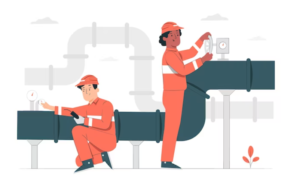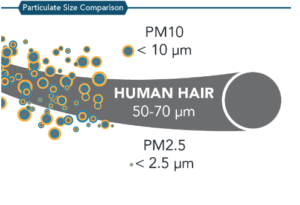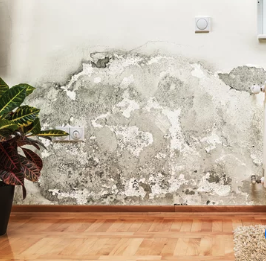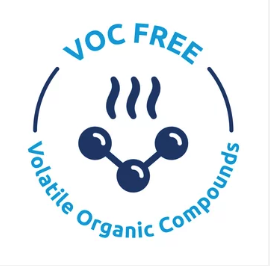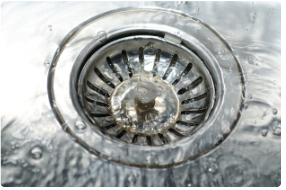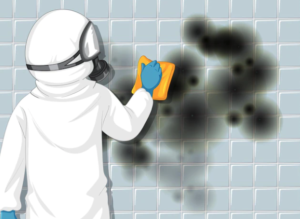Decontamination of Sewage Water importance
- Health hazards: contains harmful bacteria and pathogens that can cause serious health problems.
- Property damage: The water can cause structural damage to the building and furnishings.
- Mold growth: The moist environment caused by sewage water can lead to the growth of mold and mildew.
- Odor: Sewage water has a strong, unpleasant odor that can be difficult to remove.
- Discoloration: The water can discolor surfaces and materials.
- Corrosion: Water can corrode metals and other materials.
- Destruction of electrical components: The water can damage them, causing them to stop working.
- Degradation of building materials: Water can cause the degradation of building materials such as drywall, flooring, and insulation.
- Pest infestations: Sewage water can attract pests, such as insects and rodents, which can further damage the building.
- Contamination of potable water can contaminate it and make it unsafe to drink.
- Environmental hazards
- Economic impact: The cost of repairing the damage caused by sewage water leaks can be significant.
- Loss of use
- Loss of property value: The damage caused by sewage water leaks can decrease the property’s value.
- Insurance claims
- Legal liabilities
- Health insurance costs: The health problems caused by exposure to sewage water can lead to increased health insurance costs.
- Workplace hazards: The water can pose a hazard to employees or customers who come into contact with it.
- Difficulty in obtaining financing: The damage caused by sewage water leaks can make obtaining financing for the property difficult.
- Difficulty in selling the property
- Difficulty in obtaining permits
- Difficulty in finding insurance
- Difficulty in renting the property
- Difficulty in obtaining a loan
- Reputation damage
SEWAGE is an important aspect of modern society because:
- Sanitation: helps to remove pollutants and pathogens from wastewater, making it safer for the environment and reducing the risk of waterborne diseases.
- Resource recovery: can recover valuable resources such as nutrients, water, and energy from wastewater.
- Water conservation: By treating and reusing wastewater, sewage treatment can help to conserve potable water resources.
- Environmental protection: helps to prevent the contamination of surface water and groundwater, which can negatively impact wildlife, fisheries, and human health.
- Climate change: reduce greenhouse gas emissions by treating and reusing wastewater instead of discharging it into the environment.
- Economic benefits: can save money on the construction and maintenance of water treatment and supply infrastructure.
- Public health: reduce the spread of waterborne diseases, which can significantly impact public health.
- Food production: food production by reducing the risk of water contamination, which can harm crops and livestock.
Overall, Decontamination of Sewage Water plays a critical role in protecting public health and the environment, and it is an important aspect of modern society.
The following PROFESSIONALS are involved in handling the decontamination of sewage water and its related problems:
- Environmental engineers: They design and oversee the construction of sewage treatment plants, and they work to minimize the impact of sewage on the environment.
- Wastewater treatment plant operators operate and maintain decontamination of sewage water, ensuring they function properly and meet regulatory requirements.
- Plumbers: They repair and maintain pipes and other sewage system components and can help prevent sewage leaks and other problems.
- Hazardous materials specialists: They are trained to safely and responsibly handle and dispose of hazardous materials, including sewage.
- Civil engineers: They design and oversee the construction of sewage collection and treatment systems and work to ensure that these systems are sustainable and efficient.
- Biomedical engineers: They design and develop new sewage treatment technologies and work to improve existing systems.
- Environmental health and safety professionals: They are responsible for ensuring that sewage treatment facilities meet regulatory requirements and work to minimize the risk of harm to workers and the environment.
These professionals work together to ensure for the decontamination of sewage water that is treated and disposed of safely and responsibly, and they play a critical role in protecting public health and the environment.

